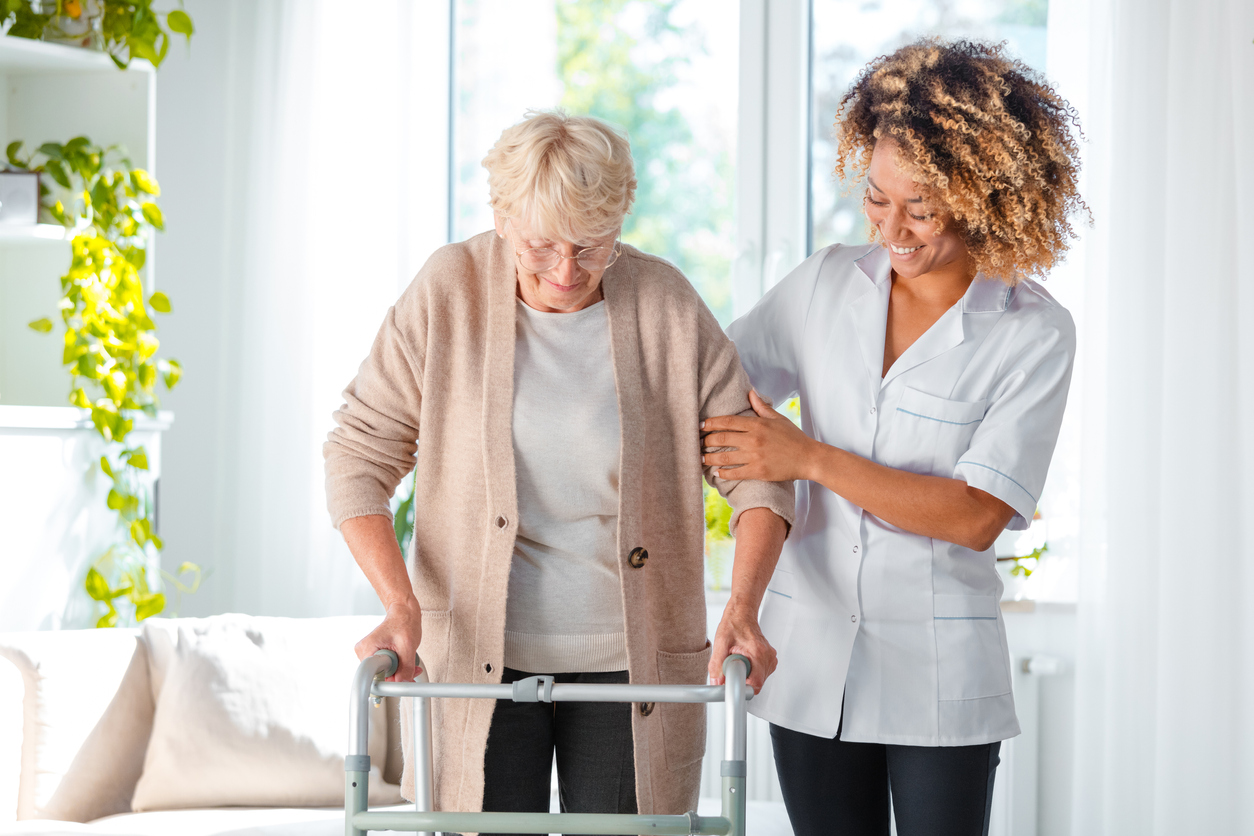Assisted living facilities (ALFs) provide competent medical and life care for millions of seniors in the United States. As part of the long-term care sector, facilities face many common risks as they deliver care for their residents. One of the leading risks is that of falls; senior falls account for a significant percentage of injury claims each year. Facility managers need to understand these risks as a means of preventing injury or death. In this guide, we will explore senior fall risks and how to prevent them in ALFs.
Senior Fall Risks: Alarming Statistics
According to the American Association for Long-Term Care Insurance (AALTCI), approximately 13 million Americans receive care in ALFs and residential care communities. That number is expected to increase dramatically by 2050; by then, an estimated 27 million seniors will require paid long-term care. High demand and an aging population are driving growth within this sector of the healthcare industry.
Senior fall risks are an everyday part of operations in these care facilities, and the problem is so pervasive that the National Center for Health Statistics launched a study in 2016 entitled “the National Study of Long-Term Care Providers.” In the study, approximately 22% of ALF/nursing home residents experience a fall in the 90 days prior to the study, or about 175,000 individuals.
A prior systematic review by Cochrane found that as many as 30% of falls in long-term care facilities could have been avoided. Senior fall risks can result in minor or severe injuries, requiring hospitalization. In some cases, fall injuries can result in complications that hasten death. It is imperative that ALF managers and staff identify and eliminate senior fall risks.
Fall Risks in Senior Care Centers
Elderly residents of ALFs and nursing homes are particularly at risk when it comes to fall injuries. Reduced vision, balance, and mobility contribute to these injuries; seniors may not be able to navigate their surroundings with guidance or support. Common senior fall risks in ALFs include:
- Sills or other transitions between rooms.
- Transitions between carpeted and solid-surface walking areas.
- Wet or slick flooring.
- Trip hazards, such as furniture or equipment protruding into walkways.
- Outdoor trip/slip/fall hazards due to weather or uneven walking surfaces.
- Exposed wires or cables in walking areas.
- Lack of adequate supports, such as railings or handhold fixtures.
- Inadequate lighting.
In ALFs, the most common places fall injuries occur is in bedrooms, bathrooms, and common areas. All of these areas require attention on the part of facility managers and caregivers.
Managing Senior Fall Risks: Best Practices for Caregivers and Facility Managers
Seniors are at risk of developing injuries due to falls. In some cases, these injuries may require hospitalization or emergency medical intervention. As shown in several studies, many fall risks can be avoided entirely; this problem requires rigorous attention from facility personnel.
The first step in any risk management plan is to identify common hazards and potential fall risks within ALFs. Caregivers and managers should take a close look at walking areas and the hazards that may be present, such as uneven transitions, slippery conditions, or items that can trip a resident.
Next, it is important to develop an action plan. Facility maintenance teams and caregivers must be included; these personnel may have solutions to reduce fall risks. With the action plan in place, it is time to get to work in eliminating as many risks as possible. Walkway transitions should be adapted to provide smooth, trip-free walking between areas. Any flooring that is damaged should be repaired or replaced. Other risk-reduction practices include:
- Improving lighting in dim hallways or walking areas.
- Eliminating throw rugs and excessive furniture that can cause falls.
- Installing railings or handholds in walking and transition areas where needed.
Finally, it is a good practice to speak with residents about their concerns. Seniors may be fearful of trip and fall hazards, especially those with mobility or vision deficits. Residents who need them should use assistive devices like canes or walkers to reduce the likelihood of falls. Senior fall risks are an avoidable hazard. With the above best practices, ALFs and long-term care facilities can reduce injury rates, protecting their residents from harm and reducing insurance claims at the same time.
About Caitlin Morgan
Caitlin Morgan specializes in insuring assisted living facilities and nursing homes and can assist you in providing insurance and risk management services for this niche market. Give us a call to learn more about our programs at (877) 226-1027.


